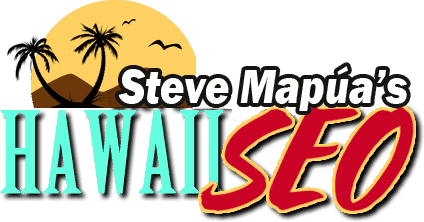Hawaii SEO – Boosting Rankings Using On-Page SEO Techniques (Part 1)
On-page SEO is an important factor in improving your website rankings. For you to be part of a search engine’s top results page, you can’t skip on the on-page factors. In my intro post on SEO, I shared that there are 3 main categories for you to focus your efforts on. These are: on-page SEO, off-page SEO, and technical SEO.
For this series of blog posts, I will just elaborate on the on-page SEO factors. I will talk about ways to optimize your content in order for search engines to grasp and understand your website well.
On-Page SEO Optimizations for Better Rankings
With that being said, let’s get down to business and discuss the on-page SEO techniques to quickly improve your website’s SEO.
Always think of high-quality content first.
More than anything else, you have to remember that your website content is extremely important. With or without SEO, the contents of your website play a crucial role. Any website with poor content will not do well even if you use Paid Keyword Research Tools.
On the other hand, if you publish great content, it will be better with the help of SEO. So, let’s analyze what the components of a great content are.
- Post unique content – Your content should not be a copy of someone’s else work. Your articles should be original and original from what is already available online. Present your data with your own images, video, infographics.
- Produce exclusive content – Your website should be priority, and you should post fresh content on your website first. Even if you plan on posting on other websites as part of your off-page SEO efforts, it’s not advisable to post the same content on 2 or 3 different websites.
- Don’t forget the text elements – When you come up with images and videos for your content, you should not neglect the text elements. For instance, if you plan to post a video, add a descriptive text to explain the contents of your video.
- Useful content – The goal here is to publish great content, and not just to increase the number of articles. So, before you publish anything, make sure it is useful to your audience. Is their value to what you do? Think of quality over quantity!
- Provide an in-depth analysis – Speaking of useful content, your audience would want to read a well-research piece. No one wants to read a sloppy piece! So, research from various sources. Longer articles rank well on the search engine results page compared to short articles.
- Impartial content – Always cover the two sides of the story. Do not solely focus on a one side. For example, if you plan to tackle the advantages of a certain topic, share also the disadvantages. Be open-minded and receptive to other opinions and comments.
Optimize the URLs of your posts.
In order to maximize your SEO efforts, you have to learn proper URL optimization. Take note that a good URL should have less than 255 characters. Moreover, you should use hyphens to separate the keywords.
Just like your page title, your URL should be descriptive and it should include relevant keywords.
To better illustrate a good URL, here are some examples:
- https://www.stevemapua.com/article/4-keyword-research-tools-from-google/
- https://www.stevemapua.com/article/what-customers-want-to-see-on-a-website/
Meanwhile, here are examples of bad URLs:
- https://www.stevemapua.com/487316/
- https://www.stevemapua.com/optimizationtechniquesseo/
That’s for today so I truly hope you found this article helpful! On my next post, I will discuss more tips. Be sure to stay tuned for Boosting Rankings Using On-Page SEO Techniques (Part 2)

